The sql table is as follows,
Name Salary NoticePeriod CTC
Jack 1520 15 123
Bruce 1423 35 165
and it contains about 1000 rows.
I need to do a transpose of this table ,such that the expected output is
Fields Jack Bruce Mike ..... Sam
Salary 1520 1423 235 .. 561
NoticePeriod 15 35 23 253
CTC 123 165 45 ... 125
I tried using Pivot and Unpivot function in Sql Server 2008 . But Since the Name record is large , Pivot query doesnt helps.
My sql attempt is follows,
SELECT *
FROM (
SELECT NAME,
Salary,
NoticePeriod,
CTC
FROM CTCTABLE WITH (NOLOCK)
) AS queryTable
UNPIVOT(Value FOR NAME IN (NAME, Salary, NoticePeriod, CTC)) AS unpv
PIvot(max(Value) FOR NAME IN (Salary, NoticePeriod, CTC)) pv

